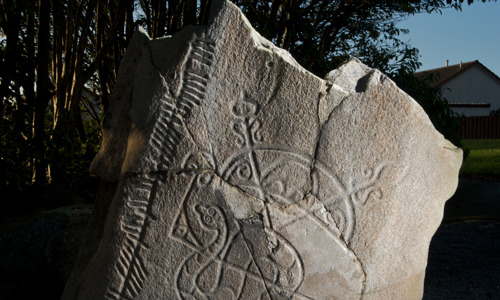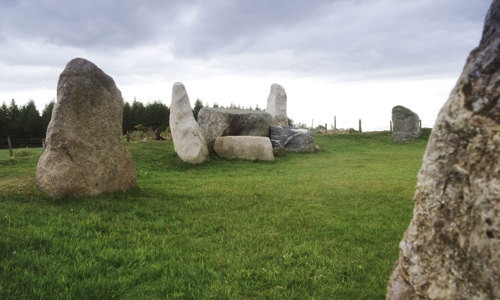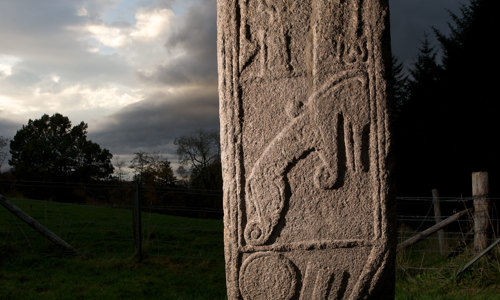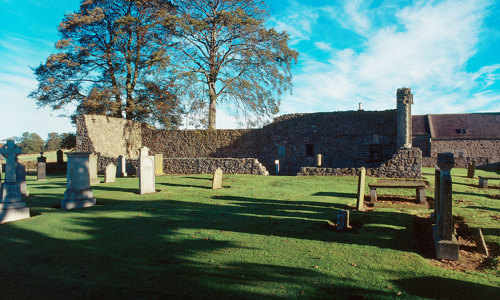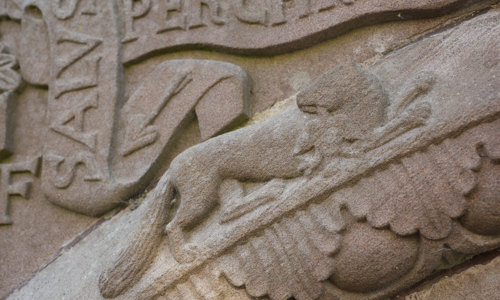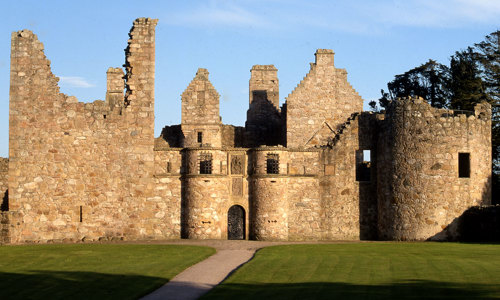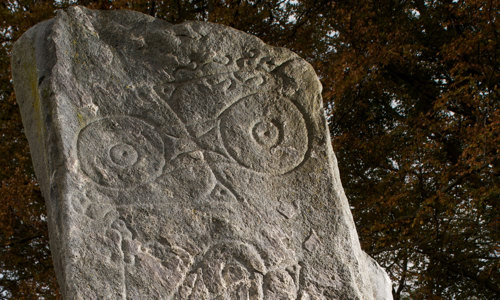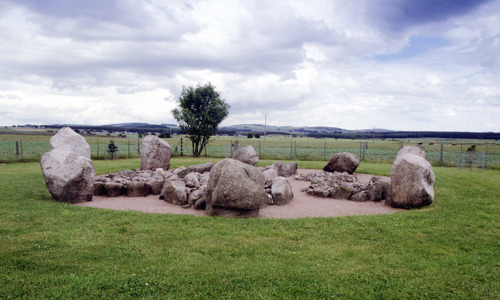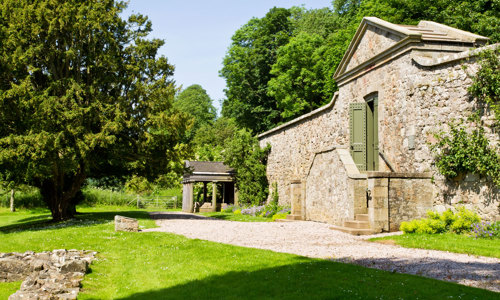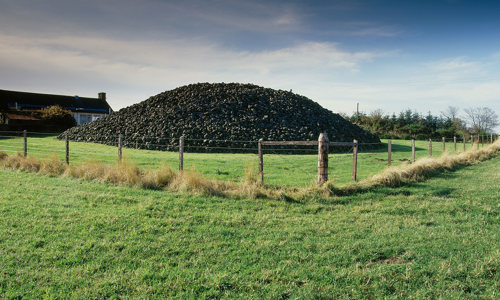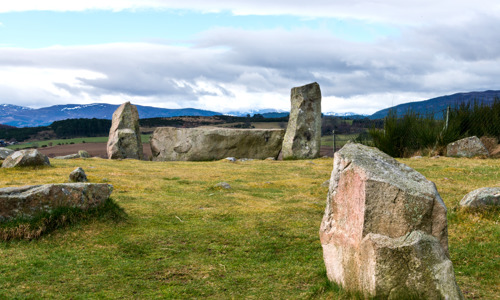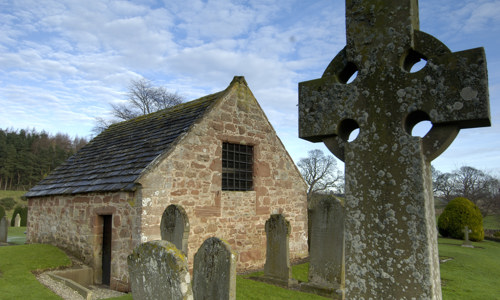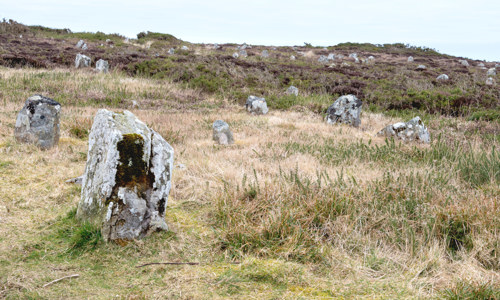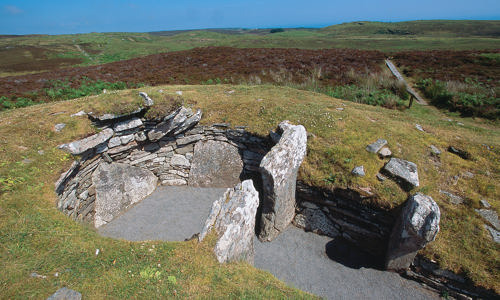History
A funerary monument
Loanhead is much more than just a stone circle. It is a complex monument used for funerary activity and rituals or ceremonies over a long period of time, from the Neolithic period and throughout the Bronze Age.
The recumbent stone circle is the main feature, but it surrounds a ring cairn, and adjacent are the remains of an enclosed cremation cemetery.
The earliest activity at Loanhead seems to have been the gradual construction of a cremation platform and cairn. Some have suggested that this was then ‘closed’ by the construction of the surrounding recumbent stone circle, around 4,000 years ago. However, archaeologists have found cremated human remains around some of the upright stones, suggesting they may be contemporary with the use of the stone circle.
A small enclosure defined by a low stone bank and ditch was found beside the circle. This is known by archaeologists as an enclosed cremation cemetery. The cremated burials of more than 30 individuals were found here, some in simple graves, others in upturned ceramic urns.
This cemetery may have been established after the earlier site within the stone circle fell out of use. It continued in use throughout the Bronze Age.
At the centre of the enclosed cremation cemetery was the burial of a man, only partially cremated, who seems to have been clutching a stone pendant. The remains at Loanhead can tell us much about life and death in prehistoric Scotland and the beliefs of Bronze Age societies.
Moon watching
Recumbent stone circles are only found in the north-east of Scotland. The characteristic feature of a recumbent circle is the large stone laid on its side (recumbent), flanked by two upright stones, usually on the south or south-west arc of the circle. The tallest stones of the circle are usually on the same arc.
These monuments demonstrate an interest in the rising or setting of the Moon in the southern sky at midsummer. They are located in places with open views to the south. The recumbent slab and flanking pillar seem to be designed to frame the Moon when viewed from within the circle. Some have suggested they are also designed to frame important features in the landscape.
The south-west alignment of the stones, focused on the midsummer Moon, is perhaps symbolic, but it may also have acted as an aide to early farmers.


